The Pirate Roots of Turks and Caicos: Secrets of the Islands
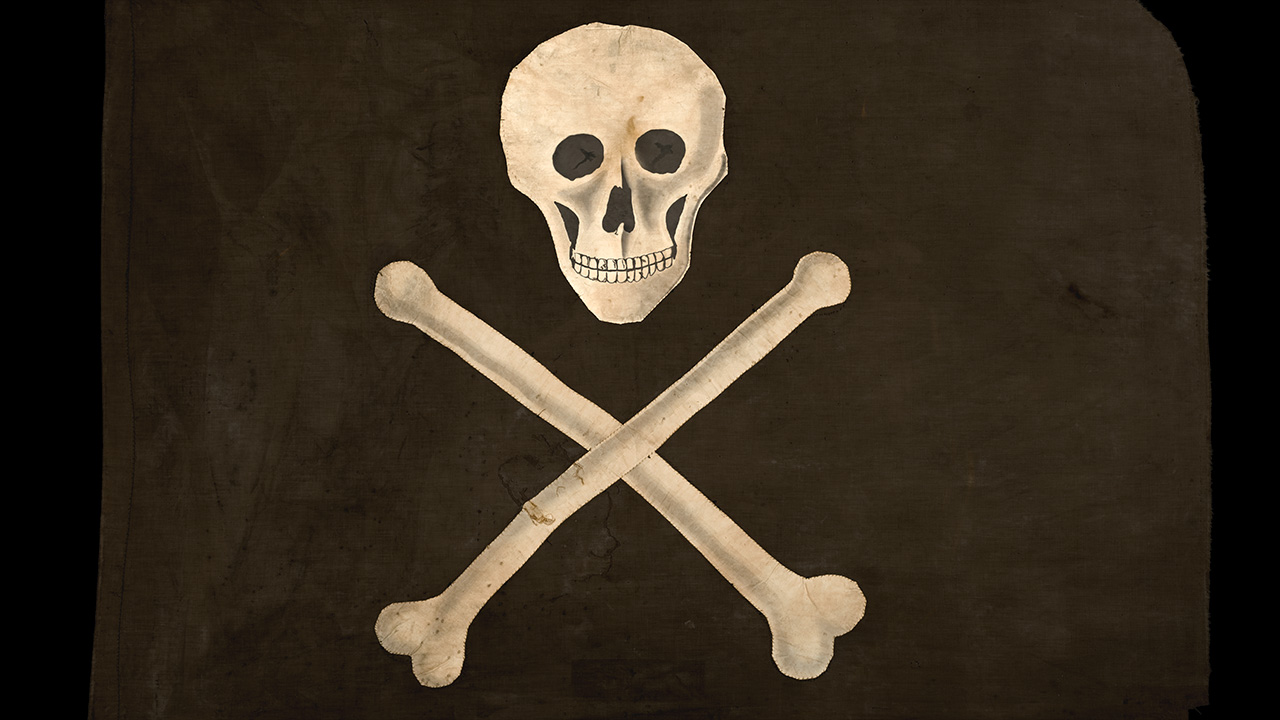
When you think of the Turks and Caicos Islands, you can imagine endless white-sand beaches, crystal-clear waters, and a laid-back island vibe. But centuries ago, these same shores were anything but peaceful. This breathtaking archipelago was once a hub of piracy, privateering, and hidden treasure, and traces of its thrilling past still linger today.
How Turks and Caicos Got Its Pirate Name
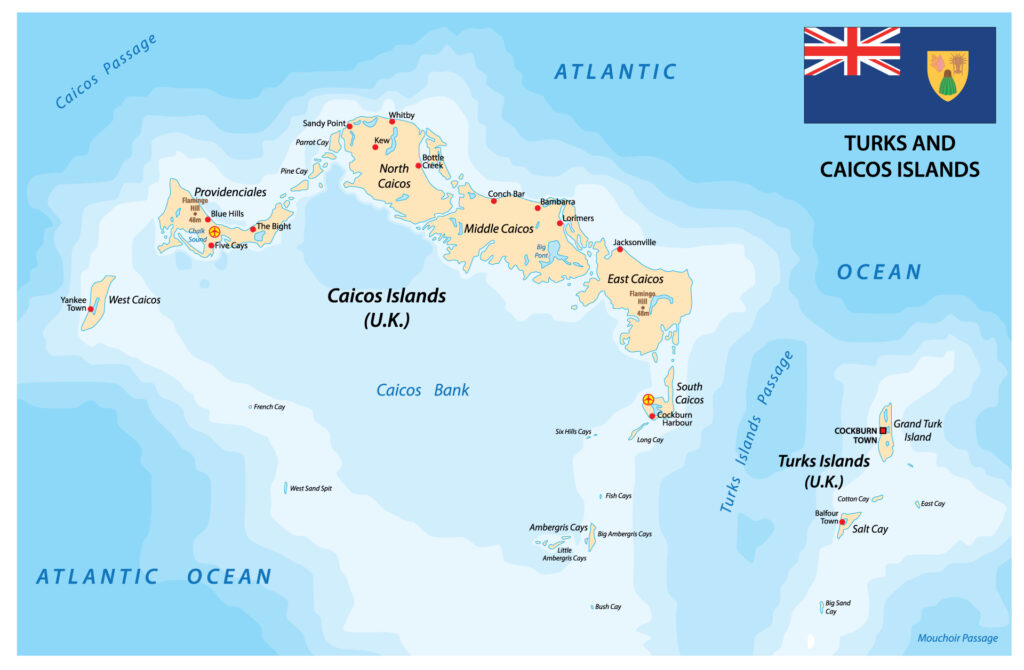
It’s not just the legends that connect these islands to piracy—it’s their very name. “Turks” was an old slang term for pirates, and “cayo hico” originates from the Indigenous Taino language, meaning “chain of islands.” Put together, it’s not a stretch to call Turks and Caicos the “Pirate Islands.”
Between the mid-1600s and mid-1700s, during the so-called Golden Age of Piracy, these waters were a playground for outlaws. Pirates favored the Turks and Caicos for its hidden lagoons, freshwater ponds, and maze-like reefs — perfect for ambushes and quick getaways.
Separating Myth from Reality
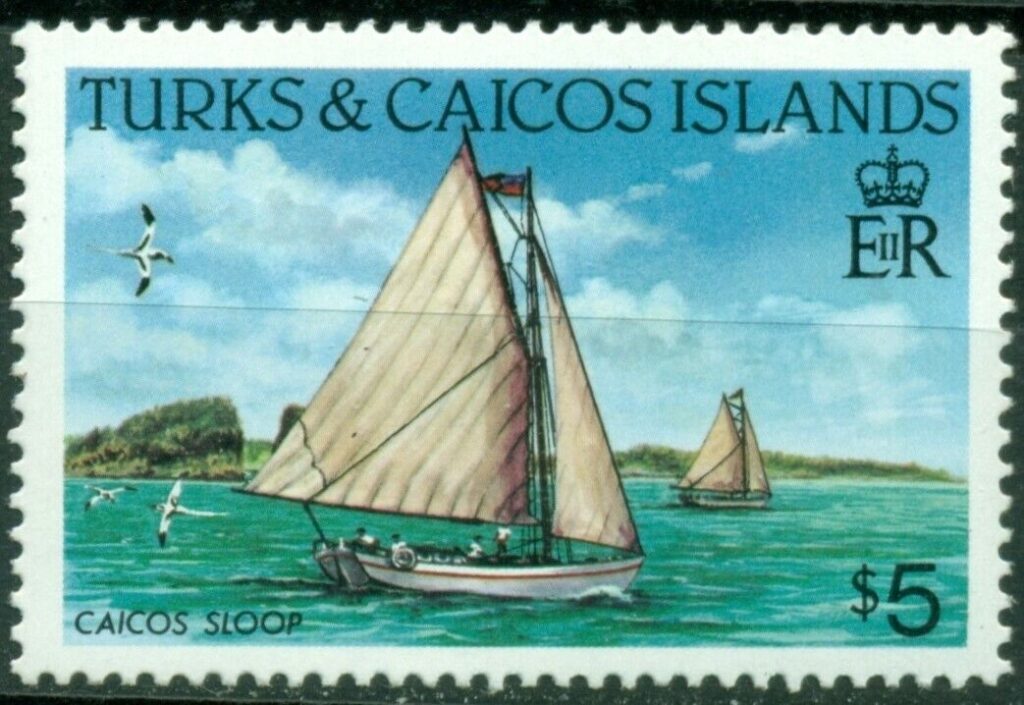
Forget the Hollywood image of pirates sailing massive warships stacked with gold. Real pirates usually scraped by on small, battered vessels, much like the traditional Caicos sloops in the islands. Maintaining a ship was grueling work, and pirates were notorious for hopping onto newer ships they captured rather than fixing their own.
Privateers — pirates with a government permission slip — were slightly better off. European powers, such as England, France, and Spain, licensed them to attack enemy ships during wartime. Privateers still lived dangerously, but at least they had a flag to fly under.
Pirates Who Haunted These Shores
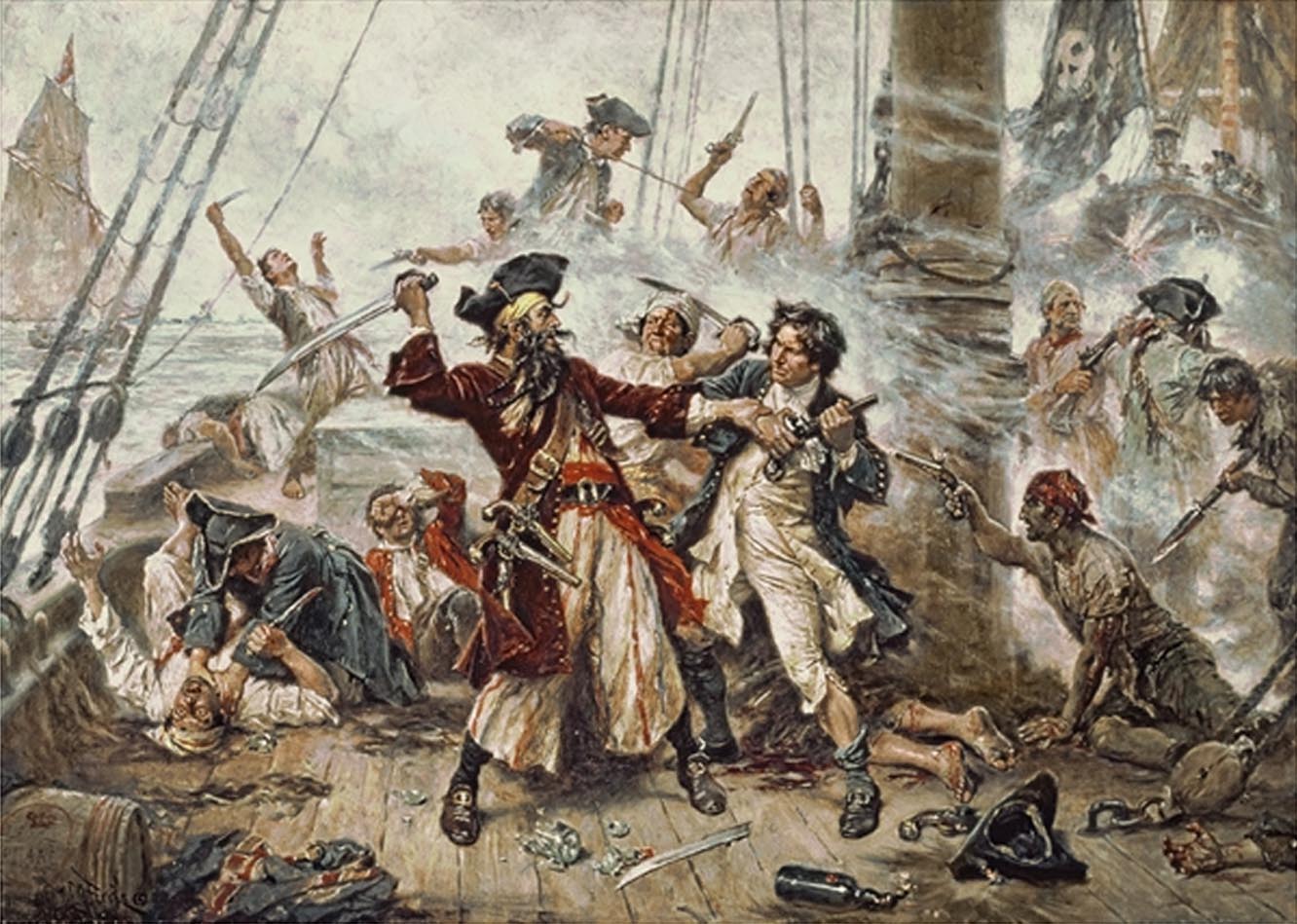
Some of history’s most infamous pirates are believed to have prowled the waters around Turks and Caicos. Captain Charles Vane and Captain “Calico” Jack Rackam — both notorious figures — likely made it here. There are even whispers that Anne Bonny and Mary Read, two of the most famous female pirates, took refuge on Parrot Cay. French Cay is said to be named after the fearsome Françoise L’Olonnois, who would hide near West Caicos, waiting for unlucky ships to cross his path.
Captain Charles Vane
![Early 18th century engraving of Charles Vane - Unknown author - [1] The History and Lives of All the Most Notorious Pyrates (London, 1725)](https://www.yourvilladelmar.com/wp-content/uploads/2025/04/Captain-Charles-Vane-2.jpg)
Captain Charles Vane was one of the most feared pirates of the late Golden Age. Based in the Bahamas, he raided Spanish fleets and likely used the hidden coves of Turks and Caicos as strategic stops. Known for his brutal treatment of prisoners and his defiance even after accepting a royal pardon, Vane’s violent career ended when he was captured and hanged in 1721.
“Calico” Jack Rackham
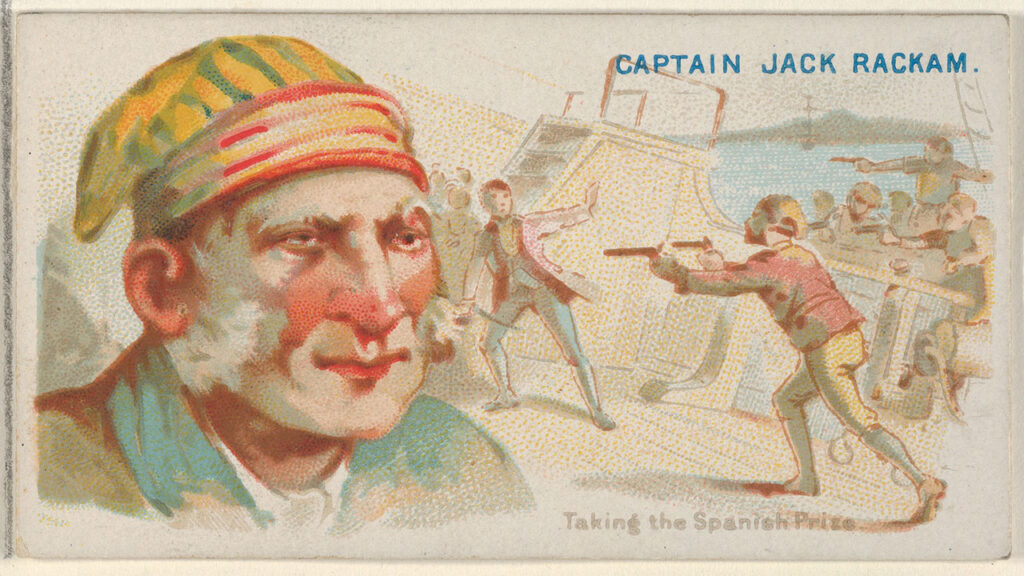
“Calico” Jack Rackham earned fame not just for his crimes but for the two women who sailed alongside him. After taking over Charles Vane’s ship, Rackham raided the waters around the Bahamas, Cuba, and possibly the Turks and Caicos. His bright calico clothing made him stand out — but not enough to escape capture. He was executed in 1720 after a brief but notorious career.
Anne Bonny
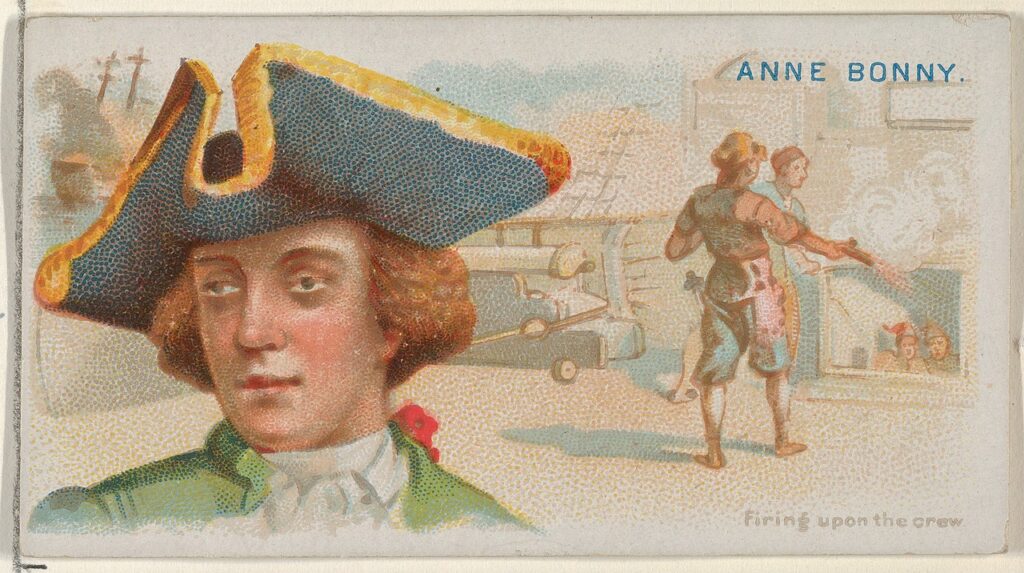
Rackham’s partner in crime and romance, Anne Bonny, quickly proved herself to be as fierce as any man at sea. Disguised in men’s clothing, she raided merchant ships and fought alongside the crew. Folklore claims she used Parrot Cay as a hideout, adding to her legend. Although sentenced to death, her pregnancy delayed execution, and her ultimate fate remains a mystery.

Mary Read
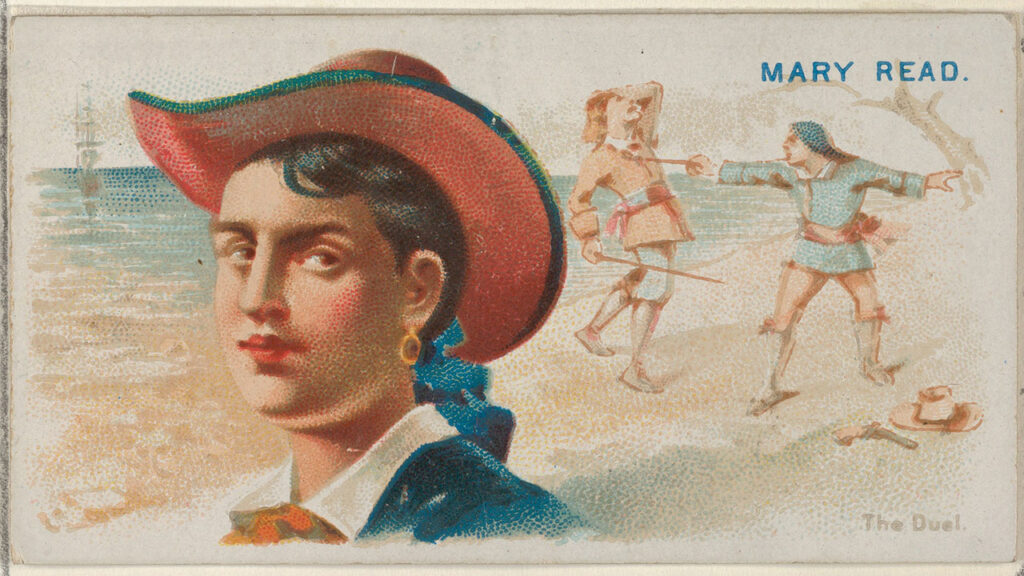
Mary Read shared a similar path. Raised disguising herself as a boy, she fought in the British military before turning pirate. Joining Rackham’s crew in 1720, she, too, disguised herself and fought bravely in raids across the Caribbean. After being captured, she died in prison in 1721, her short but extraordinary life cemented in pirate lore.
François L’Olonnois
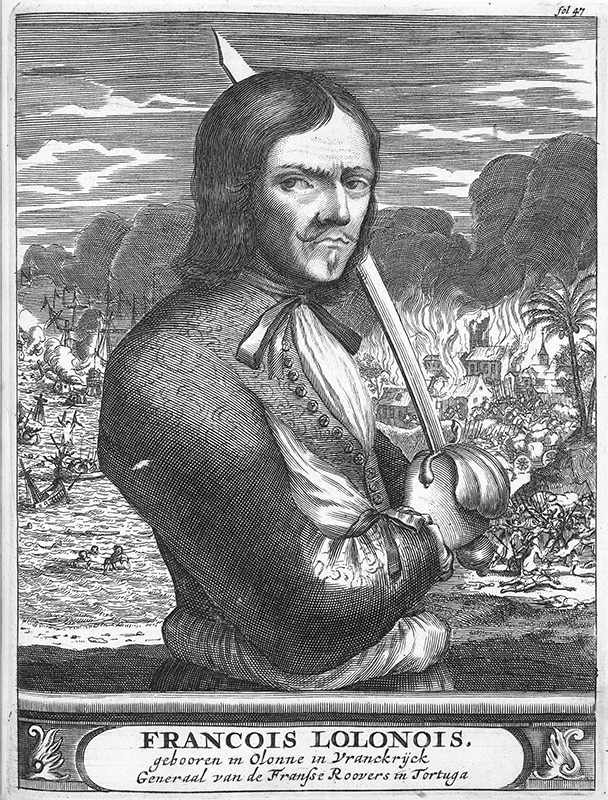
François L’Olonnois left a much bloodier legacy. Originally an indentured servant from France, he became one of the Caribbean’s most vicious buccaneers. After surviving a Spanish massacre by hiding under corpses, he swore revenge, famously declaring he would never again spare a Spaniard. French Cay in the Turks and Caicos is likely named after him — a silent reminder of the terror he once spread.
Where Pirate Legends Live On
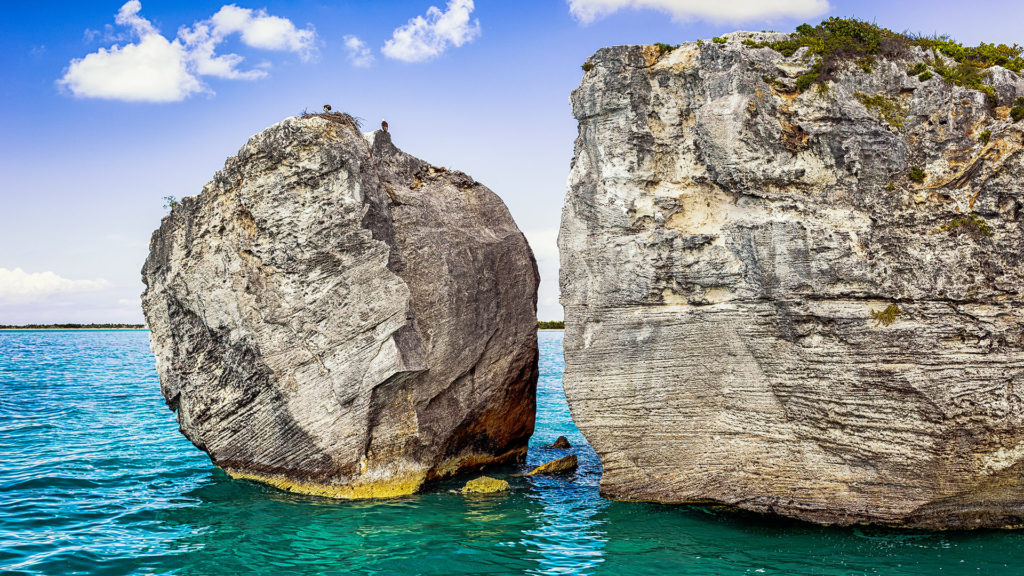
While no officially confirmed pirate shipwrecks have been found here, there are plenty of spots where the legends feel alive:
- West Harbour Bluff and Pirates’ Cave: This dramatic bluff on Providenciales offers sweeping views of the Caicos Banks and the nearby barrier reef, making it perfect for spotting ships.
- French Cay: A flat, isolated island once used as a hideout.
- Parrot Cay and Pine Cay: Believed to have been hideaways thanks to their freshwater ponds and accessible channels.
- Fort George Cay: Home to remnants of a Loyalist fort built to defend against pirates. Today, you can snorkel over cannons still lying in shallow waters.
- West Caicos: Offering sheltered coves ideal for both explorers and outlaws.
Even the wrecks near Northwest Point — the U.S.S. Chippewa and U.S.S. Onkahye — tell part of the story.
The U.S.S. Chippewa was a brig built in 1815 for the United States Navy, tasked primarily with hunting Barbary pirates and slavers across the Mediterranean. Ironically, after surviving the rough waters of pirate-infested seas, she met her end in 1816 off the treacherous reefs of Providenciales during a surveying mission. Nearby lies the wreck of the U.S.S. Onkahye, a sleek schooner launched in 1842, designed for speed and pursuit. With its fast, racing build, the Onkahye was deployed to intercept smugglers, slavers, and privateers in the Caribbean. Despite her agility, the Onkahye too fell victim to the hidden hazards of Turks and Caicos waters, wrecking on the reef in 1848, just a stone’s throw from the Chippewa.
Wreckers: Pirates of a Different Kind
Not all threats sailed in with a black flag. Some locals earned a shady reputation as “wreckers,” salvaging stranded ships — and not always after an accident had occurred. Tales tell of lanterns hung on donkeys to trick ships into crashing on reefs, a grim but profitable trick.
Explore Pirate History While Staying in Paradise
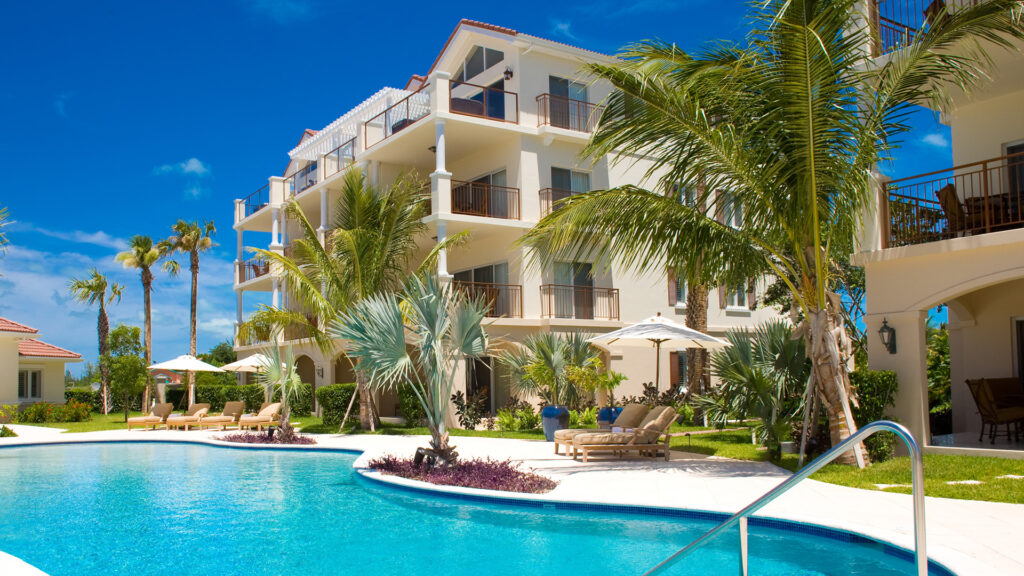
Ready to hunt for pirate treasures of your own? Staying at Villa del Mar Resort in stunning Grace Bay puts you in the heart of the adventure. From here, you can easily explore historic pirate hideouts like Pirates’ Cave, French Cay, and the hidden beaches of West Caicos. After a day of discovery, return to the luxurious comfort of Villa del Mar, where the turquoise waters, lush gardens, and friendly island hospitality will remind you why modern-day Turks and Caicos is pure paradise. History, beauty, and a touch of mystery — it’s all waiting for you.

